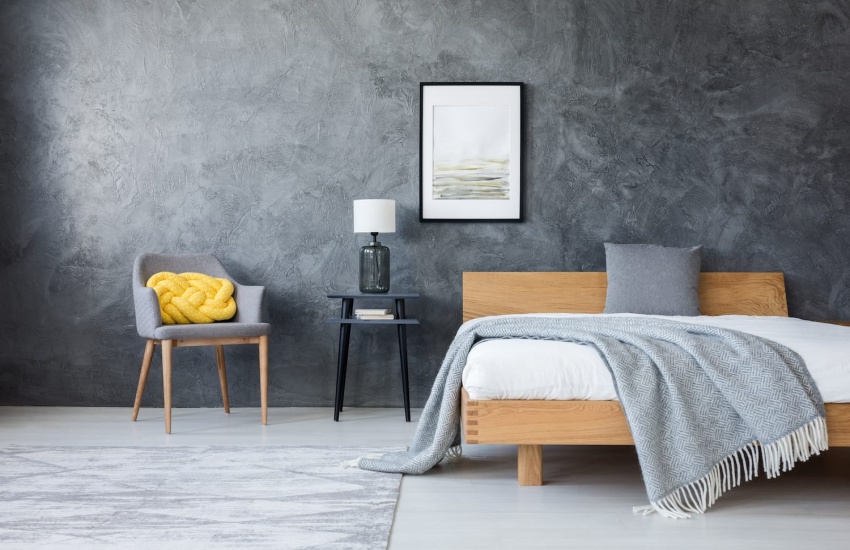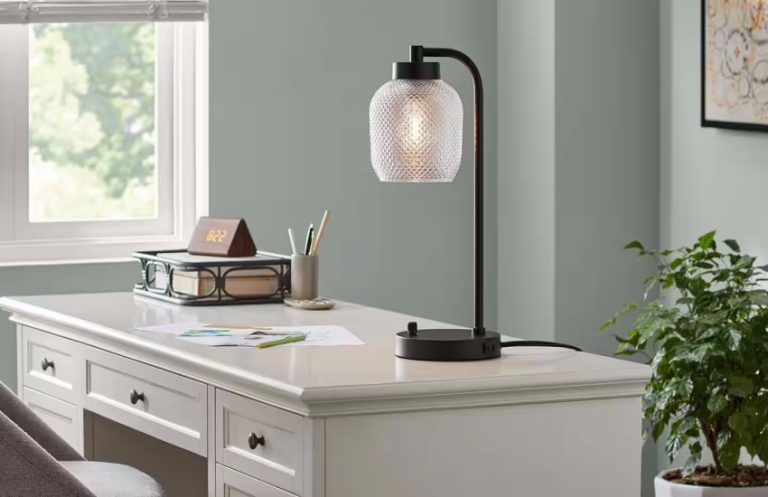
The choice of mattress plays a vital role in sleep comfort. Selecting a mattress that provides adequate support and aligns with personal preferences is essential. Different types of mattresses such as memory foam, innerspring, and latex offer varying levels of firmness and support. Testing a mattress before purchasing can help ensure it meets individual needs. A mattress that suits one’s sleeping position can alleviate pressure points and reduce discomfort, leading to better sleep quality.
Pillows are another important aspect of sleep comfort. The right pillow can support the head and neck, maintaining proper alignment of the spine. Different materials such as memory foam, down, or synthetic fills offer various levels of support and softness. Understanding individual sleeping positions can help determine the best pillow type. Side sleepers may benefit from thicker pillows, while back sleepers might prefer medium loft options. Investing in quality pillows can enhance comfort and contribute to a more restful night.
Bedding choices also affect sleep comfort. Soft, breathable fabrics such as cotton or linen can regulate temperature and wick away moisture, ensuring a comfortable sleeping environment. Thread count is an important factor to consider when selecting sheets, as higher thread counts typically indicate softer and more durable fabric. Additionally, using a mattress protector can extend the life of the mattress while providing an extra layer of comfort.
The bedroom environment plays a significant role in promoting sleep comfort. A dark, quiet, and cool room can enhance the ability to fall asleep and stay asleep. Utilizing blackout curtains can block out light, while white noise machines or earplugs can minimize disruptive sounds. Maintaining a comfortable room temperature, typically between sixty to seventy degrees Fahrenheit, can also encourage better sleep. This balance of temperature, light, and sound creates an ideal atmosphere for relaxation.

Personalizing the bedroom can further enhance sleep comfort. Incorporating elements that promote relaxation, such as calming colors, soft lighting, and soothing scents, can create a tranquil environment. Colors like soft blues and greens are known to induce calmness, while dimmable lighting can help set a peaceful mood. Aromatherapy using essential oils like lavender can also promote relaxation and improve sleep quality.
Establishing a bedtime routine can signal to the body that it is time to wind down. Engaging in calming activities such as reading, meditating, or practicing gentle yoga can prepare the mind and body for sleep. Limiting screen time before bed is essential, as blue light emitted from devices can interfere with the production of melatonin, the hormone responsible for sleep regulation. Creating a consistent sleep schedule by going to bed and waking up at the same time each day can also improve overall sleep quality.
Certain plants, such as snake plants and peace lilies, can purify the air and create a calming atmosphere. The presence of greenery can also contribute to a sense of well-being and relaxation, making the bedroom a more inviting space.
Sleep comfort is an essential aspect of creating a restful home environment. By selecting the right mattress and pillows, choosing quality bedding, and personalizing the bedroom space, homeowners can significantly improve their sleep quality. Establishing a calming bedtime routine and optimizing the bedroom environment can further enhance comfort, leading to better overall health and well-being.






